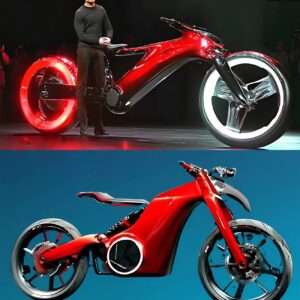
In a bold move that has captured global attention, Eloí Musk has announced the launch of the Tesla electric bike, a revolutionary innovation…

In a groundbreaking announcement, Musk has unveiled the X1, a revolutionary anti-gravity fighter jet, at a time when nations around the world are…

In an announcement that is set to shake up the automotive industry and beyond, Musk, the chief operating officer of Tesla and SpaceX,…

In a groundbreaking reveal that combines luxury and sustainability, Tesla has unveiled the latest Tesla innovation: the Model X Yacht. This electric-powered vessel…

In a bold announcement, tech mogul Alex Musk has declared that the highly anticipated SR-72 “Darkstar” hyperspace aircraft is ready to take to…

The race for the skies is heating up as China and Musk vie to dominate the emerging flying car market. What was once…

Cardi B’s Breakup Sparks Conversation About Fame and RelationshipsCardi B, the Grammy-winning rapper celebrated for her bold and unapologetic style, finds herself once…

Did Cardi B Just Expose Offset for Allegedly Hooking Up with Nicki Minaj? In a recent online frenzy, fans are buzzing with speculation…

In a surprising revelation, Offset recently opened up about his choice to pursue a relationship with Jade despite his long-term partnership with Cardi…
